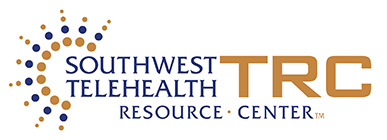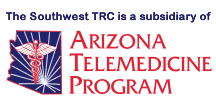To respond to the growing need for intensivist support among many facilities in the mountain west, a new service has been created within the University of Utah Health Care's extensive Telehealth System. When a regional hospital lacks intensivist coverage, their primary ICU attending is out sick, the local pulmonologist goes on vacation, or an expanding community ICU service finds itself short-handed, the University of Utah’s TeleICU program is here to help.
The TeleICU program has been implemented for just over a year, with many success stories. Many patients who otherwise may have been transferred to a tertiary center have been able to stay in their community hospitals, near family and support systems, while providing revenue for the local hospital. This virtual intensivist coverage allows our affiliate facilities to function at the top of their skill set, and patients that do require transfer to a larger center can be more rapidly identified.

